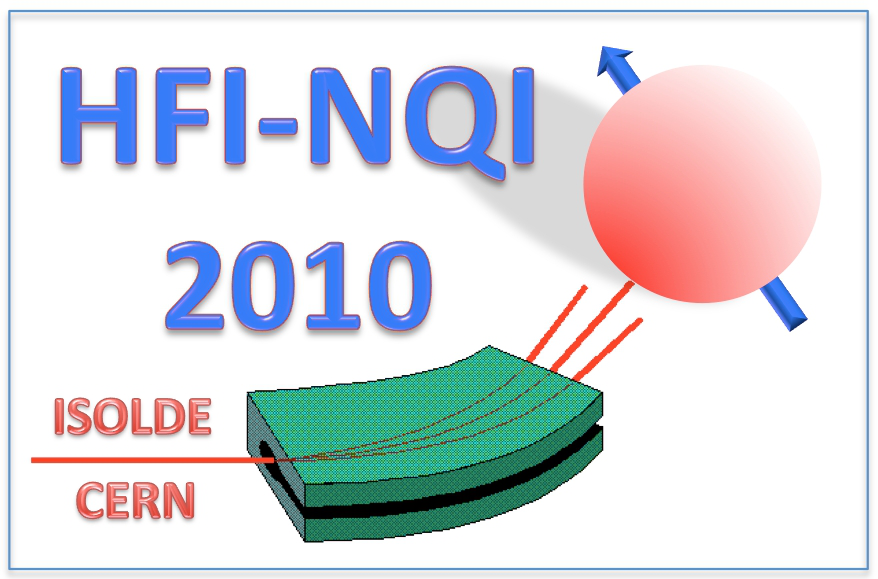Speaker
Description
Summary
Three hydrogen bonded organic systems: phenazine–chloranilic acid (1:1), 1,2-diazine–chloranilic acid (2 : 1) and 2,3,5,6-tetra(2’-pyridyl)pyrazine-chloranilic acid (1:2) have been recently studied by 14N nuclear quadrupole resonance (NQR). Several 1H-14N nuclear quadrupole double resonance techniques have been used to obtain the 14N NQR spectra.
In phenazine-chloranilic acid (1:1) the 14N NQR parameters suggest that donor orbital populations of the two nitrogen atoms in a phenazine molecule become nonequivalent in the ferroelectric phase below Tc = 253 K, while they are both equal in the paraelectric phase. In the deuterated compound besides the ferroelectric transition at Tc = 286 K, a neutral to ionic transition was found at T = 188 K associated with the proton transfer from chloranilic acid to phenazine.
Protons involved in the H-bond system in 1,2-diazine–chloranilic acid (2 : 1) are assumed to be in jumping motion in the double-minimum potential corresponding to the two extreme electronic states of O-H…N and O-…H-N+. The 14N nuclear quadrupole coupling tensor is used to determine the population of the states. The NQR data suggest that not only the population but also the electron distribution of the extreme electronic states itself changes with temperature.
The complete 14N nuclear quadrupole resonance spectrum has been measured in ferroelectric and paraelectric 2,3,5,6-tetra(2’-pyridyl)pyrazine-chloranilic acid (1:2) The quadrupole coupling tensors are assigned to various nitrogen positions in the crystal structure. Two types of asymmetric N-H…N hydrogen bonds are observed in the ferroelectric phase. A slow dynamics influencing the 14N NQR spectrum and relaxation has been observed in the paraelectric phase. The analysis of the 14N NQR spectra in the paraelectric phase shows that above Tc each hydrogen bond exchanges between the two types observed in the ferroelectric phase. The change of the type of hydrogen bond is associated with the transfer of protons within the bond.
| Are you a student, a delegate from developing countries or a participant with physical needs and would like to apply for a sponsored accomodation. Please answer with yes or no. | no |
|---|---|
| Please specify whether you would prefer an oral or poster contribution. | oral |
